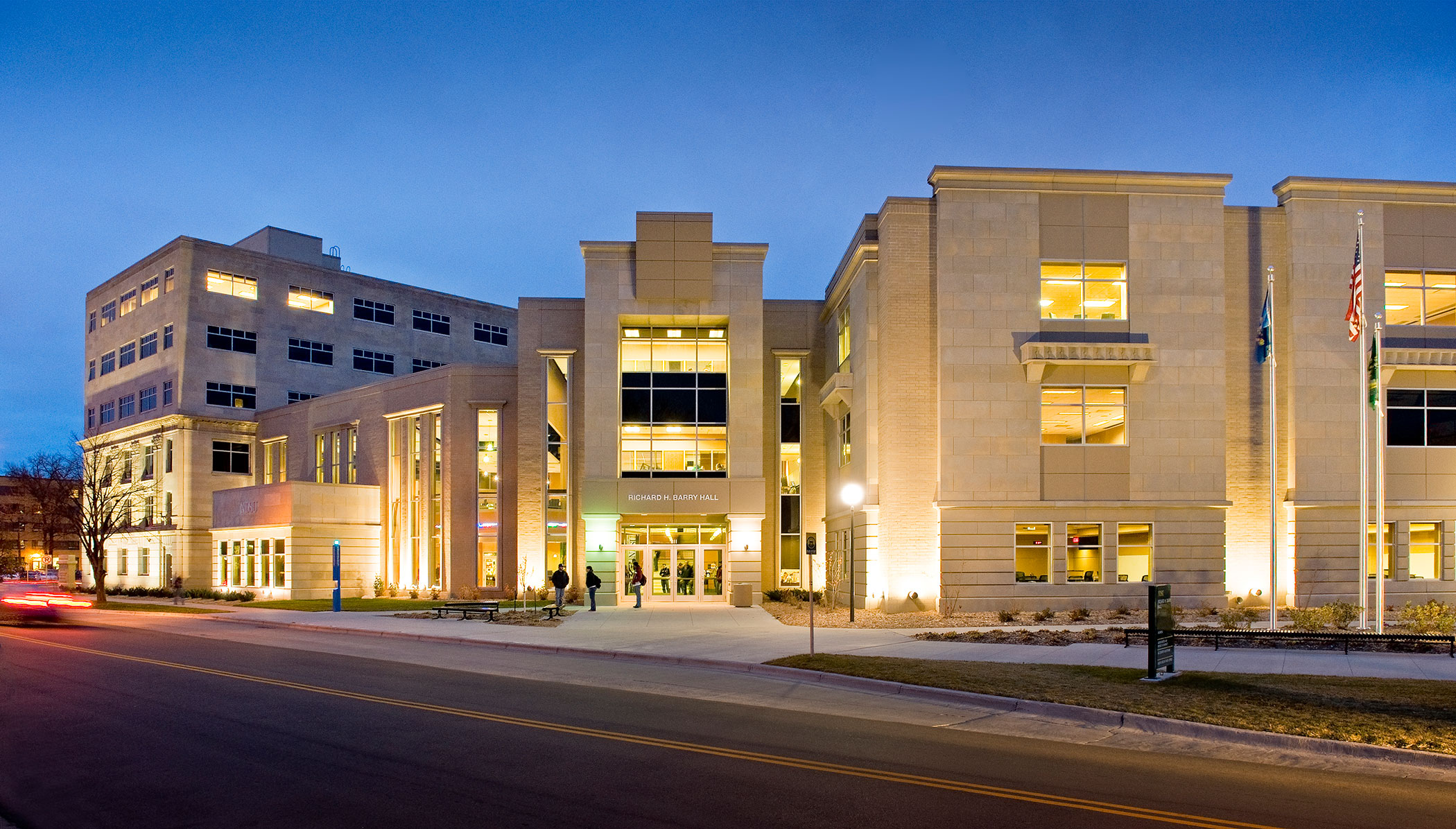Management Information Systems
The management information systems (MIS) program is designed for those students who wish to prepare themselves for professional careers in information processing or information systems in business and government. The program develops technical skills and administrative insights required for the design, development, implementation, maintenance and management of organizational information systems.
Background Information
MIS emphasizes the collection, organization, analysis and dissemination of information for the planning and control of business or organizational operations. The program prepares graduates to build information systems for the present and the future. The student learns how to handle the complex problems of building a bridge between the computer science professional, who has a technical orientation, and the managerial individual, who has a functional perspective.
Another objective of the program is to provide students with both theoretical knowledge and hands-on experience. The program requires a practicum. Practical experience enables graduates to become productive in any setting more quickly. Further, hands-on experience provides excellent motivation and concrete models for advanced course work. Graduates of the program find employment in a wide variety of settings.
The Program
North Dakota State University's MIS program is a unique collaborative effort by the faculty of two distinct disciplines: business administration and computer science. The Bachelor of Science degree provides sufficient background and skills to support a successful career in technical computing (e.g., as a programmer, systems analyst, systems designer, etc.), systems or network administration, database administration, information technology management, sales or technical sales support.
Selective Admission
Admission to the pre-MIS phase of the program is open to any student who is admitted to NDSU. During the pre-MIS phase, a set of rigorous courses taken in business, computer science and mathematics is designed to give the student the proper background for the core courses. Pre-MIS majors then apply for admission to the professional program after completing the pre-professional courses required for professional program admission, including ENGL 120, COMM 110, MATH 144, ECON 201 or ECON 202, and PSYC 111 or SOC 110. Transfer students with appropriate course work also may apply.
Admission to the professional program is based on the successful completion of the pre-professional course requirements and a minimum cumulative grade point average (GPA) of 2.5.
Computing Facilities
The computer facilities at NDSU are among the best in the country. The Quentin Burdick Building (QBB) houses the academic host server for the North Dakota University System’s 11 colleges and universities and their 48,000 students. Faculty, staff and students may use a variety of computing systems ranging from multi-user host systems to microcomputers, all connected on a 100 MB, full-duplex, fiber-optic high-speed campus network, a high-speed statewide network and then onto the Internet. The campus network is the largest network in the state, consisting of over 6,500 data ports in 35 buildings. Wireless access is available in most campus buildings, including residence halls, and in two outdoor green spaces.
Open access microcomputer clusters are located in 26 buildings on the campus. These clusters house 495 PCs and 65 Macintosh computers along with printers and scanners. Some of these clusters are open 24 hours a day. The computers are equipped with the most commonly used software, e.g., Microsoft Office, Adobe Photoshop, AutoCad, SPSS, etc. Students can use these computers as stand-alone workstations, to access host systems, or to communicate via the Internet with other students and professionals throughout the world. These clusters are open to all students at NDSU. All residence halls are wired to the campus network, making it easy for students with computers to access remote information for course work and various investigations.
In addition to the open access microcomputer clusters, the MIS program and the computer science department maintain two special-purpose clusters housing approximately 170 computers for use by the students in their respective programs. These clusters include a computer structures and networking laboratory, and a network and server laboratory.
NDSU has assumed a leadership role in computer networking as part of a six-state consortium for extremely high-level networking in the Upper Midwest and connectivity to the National Science Foundation supercomputer centers. NDSU is a charter member of Internet 2 and has connectivity with the national vBNS research network.
NDSU also houses a Center for High Performance Computing (CHPC) that provides access to secure, advanced scientific computing resources. The CHPC is a member of the Coalition of Academic Scientific Computation, a nonprofit organization of supercomputing centers and research universities that offer leading edge hardware, software, and expertise in high performance computing resources.
Career Opportunities
As an MIS specialist, one might choose a job in business, education, research, agriculture, or government. This work may be in areas such as systems analysis, management information processing, database, telecommunications/networks, software systems, simulation models, design and development of new computer systems or management. The Federal Bureau of Labor Statistics expects job opportunities in information systems to be a very attractive career path in the foreseeable future.
High School Preparation
It is recommended that high school students interested in studying MIS at the university level take the maximum number of math courses offered at the high school level. High school electives in the social sciences, English and communication also would be of benefit. Please speak with a professional advisor for more information.

